South America
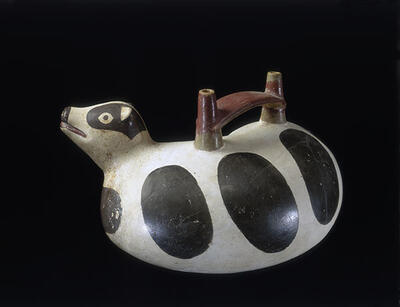 Collections from South America derive primarily from the Andes, but also include small regional collections from other parts of the Continent as well as the Caribbean. The work of nineteenth-century Indigenous artists and makers from Brazil and Colombia, some of which was collected by Louis and Alexander Agassiz in the 1870s and 1880s, is also included in the collections.
Collections from South America derive primarily from the Andes, but also include small regional collections from other parts of the Continent as well as the Caribbean. The work of nineteenth-century Indigenous artists and makers from Brazil and Colombia, some of which was collected by Louis and Alexander Agassiz in the 1870s and 1880s, is also included in the collections.
Interested in learning more about the collections?
Check out some highlights below, or search for specific collections in the database
Highlights from the South American Collections
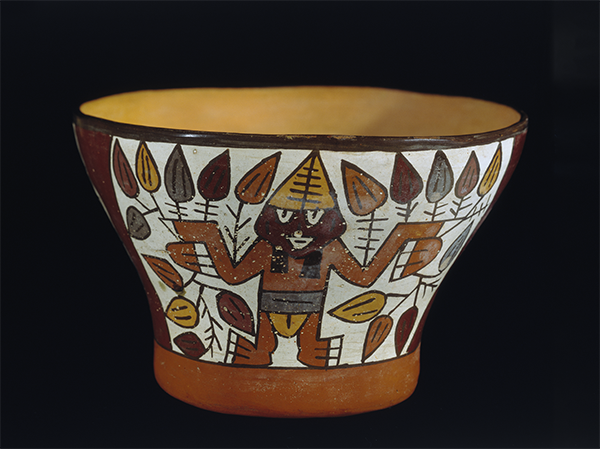
A large collection of pottery created by Chimu, Nazca, and Moche artists and makers in the Andes and south coast of Peru, including those collected by Harvard archaeologists Samuel Lothrop and Julio Tello in the twentieth century
Middle Nasca bowl depicting the Harvester, a farmer clutching agricultural plants in his hands, from the southern coast of Peru. Museum Purchase, 32-30-30/71
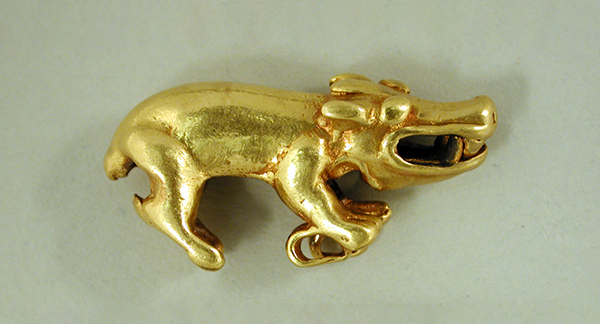
Gold and silver objects created by Inca and Chimu metalsmiths dating between the twelfth to sixteenth centuries
Small gold animal figure from Callao, Peru. Gift of Dr. Alfred M. Tozzer, 35-43-30/917
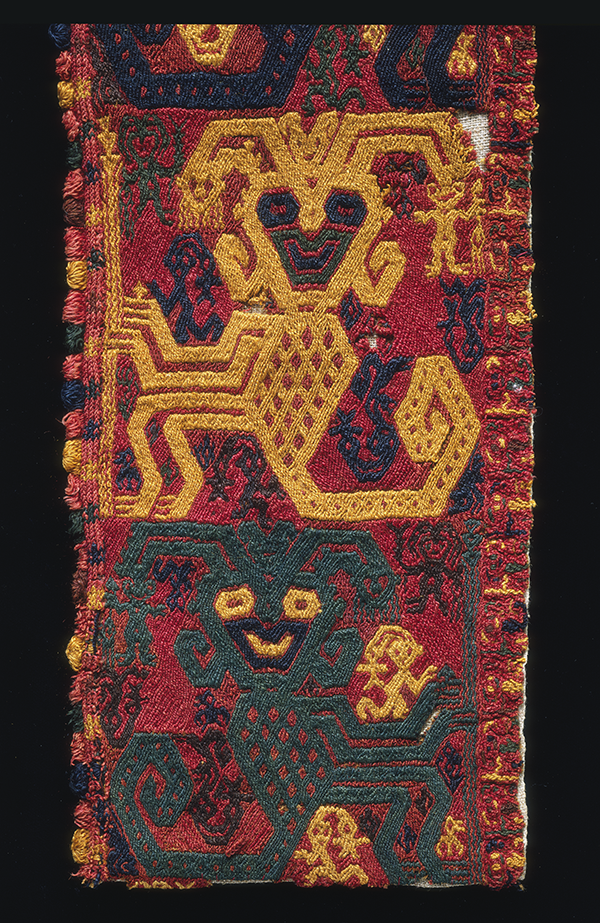
A broad and diverse collection of textiles created by Andean weavers dating back several thousand years from numerous archaeological sites, including Paracas
Fragment of an embroidered textile border, possibly from the pre-Columbian Paracas Necropolis, Peru. Museum Purchase, 32‐30‐30/50.
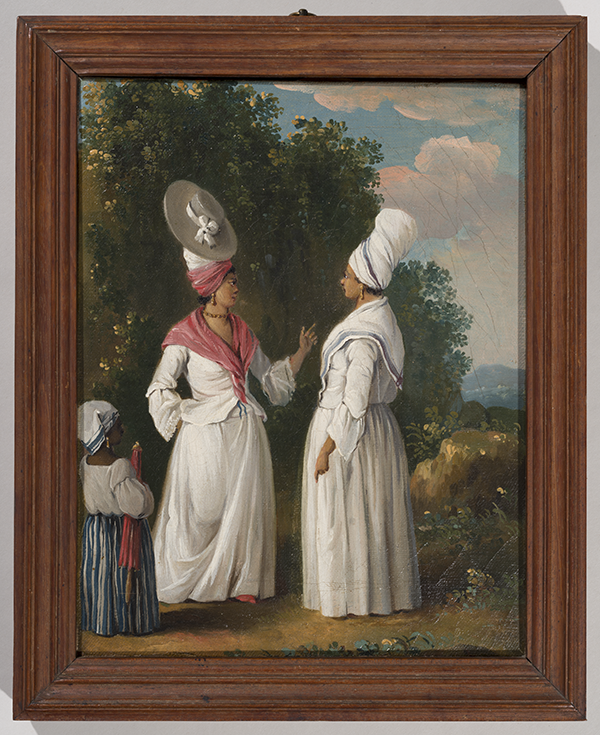
Oil paintings of Caribbean women by Italian painter Augustin Brunias
Oil painting by French artist Augustin Brunias entitled "French Mulatresses of St. Dominica in Their Proper Dress." St. Dominica late 18th century. Gift of Harvard College Library, 975-5-30/9416a
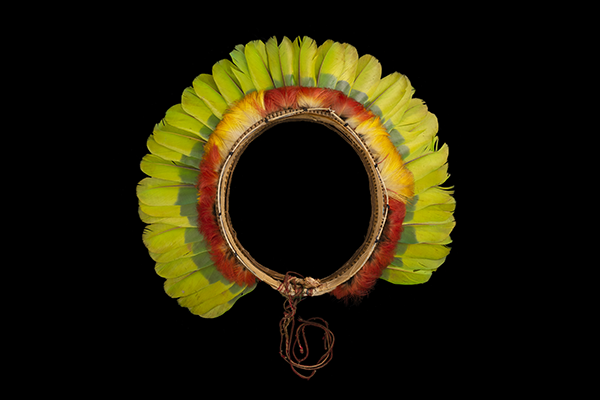
Nineteenth century ceremonial and domestic objects created by Indigenous makers in the Amazon basin, including the Siona and Kofán people
Utifako (feather headdress or crown) used by Siona and Kofan shamans during rituals and ceremonies, from the Putumayo River Region of Colombia. Museum Purchase, 48-17130/7102
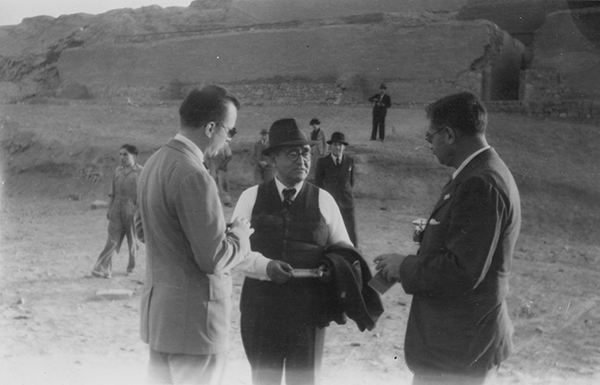
Osteological collections from highland and central coast sites in Peru, many associated with Julio Tello and Samuel Lothrop
Archaeologists Julian Tello (right) and Samuel Lothrop (left) at the pre-Columbian pilgrimage site and ceremonial center of Pachacamac, Peru. Gift of Harvard College Library, 2004.1.140.6.94.